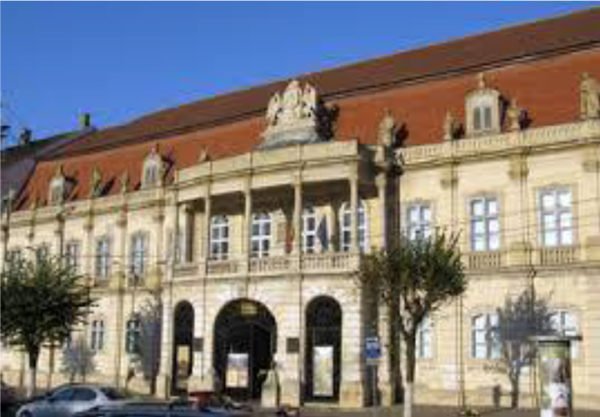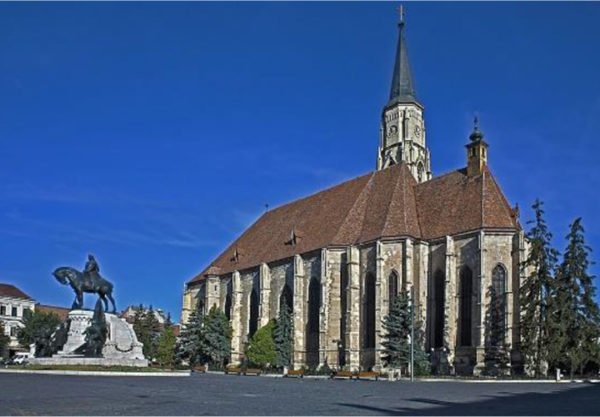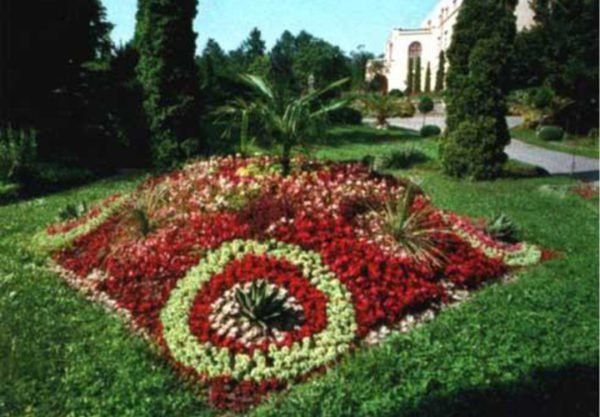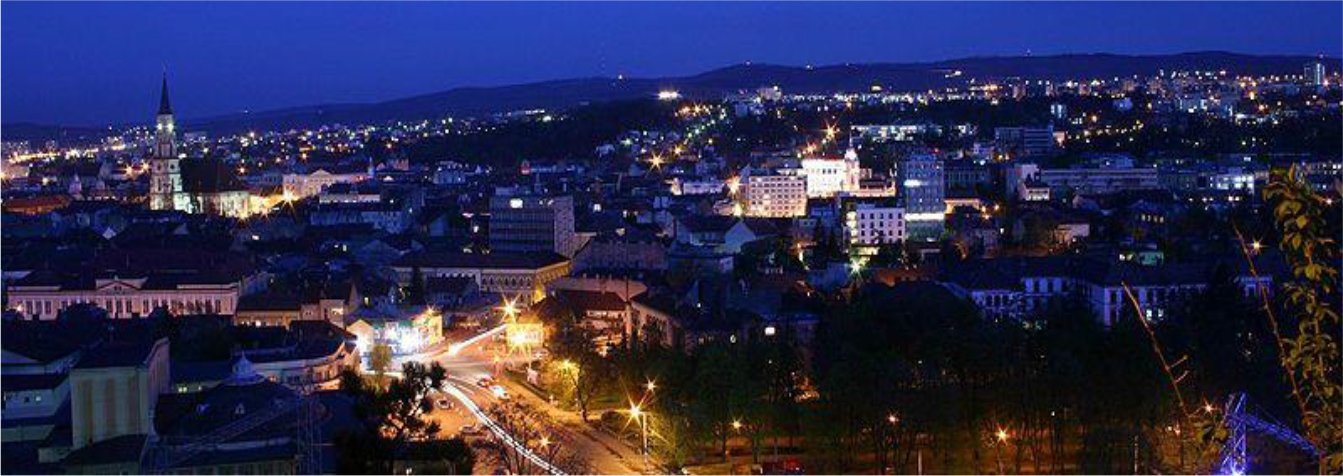
Cluj-Napoca commonly known as Cluj, is the second most populous city in Romania,after the national capital Bucharest, and the seat of Cluj County in the northwestern part of the country. The name Cluj comes from ”Castrum Clus”, first used in the 12-th century as the name of the citadel surrounding the city. ”Clus” means “closed” in Latin and refers to the hills that surround the city.
Today, the city is one of the most important academic, cultural, industrial and business centres in Romania.

A small selection of things to see in Cluj-Napoca:
Ethnographic Museum of Transylvania (Muzeul Etnografic al Transilvaniei)
Endowed with a collection of more than 65,000 ethnographic items, the museum offers an excellent introduction to Transylvanian folk art and traditions. Founded in 1922, it is one of the most important ethnographic museums in Romania. Its various sections, devoted to trades, lodging, food, pottery, textiles, national costumes and customs, include more than 50,000 photographs as well as open-air and international sections. Together, they paint an image of Transylvania’s folk culture.






